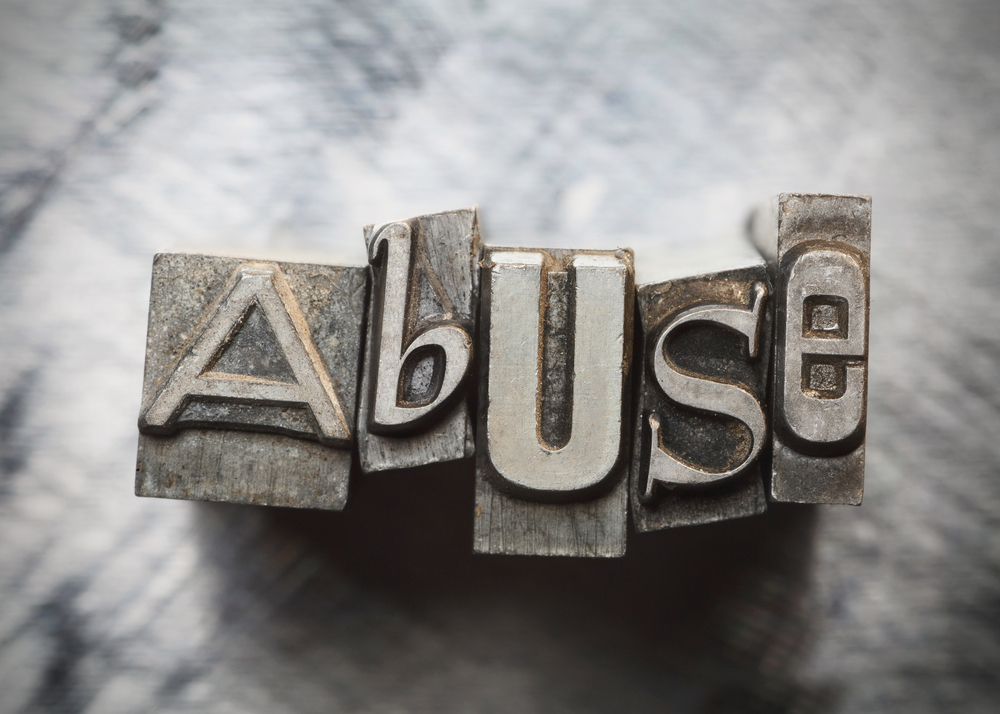Dissociative Disorders
 Everyone has periods when disconnections occur naturally and usually unconsciously. However, a person who has a dissociative disorder has persistent and repeated episodes of dissociation. These usually cause distressing internal chaos and may interfere with work, school, social, and/or home life. However, some people apparently function well which hides their distress. Dissociative disorders can be caused by many things. For example, dissociation is a defence mechanism helping people to survive traumatic experiences. Studies show that a history of trauma, usually abuse in childhood, is almost universal for people who have moderate to severe dissociative symptoms. This is how people survive the trauma at the time be that sexual, physical or emotional abuse or torture. The person being abused leaves their body (depersonalisation) and may explain it like they were not present but standing looking on or may have experiences where they cannot connect with the person who was abused as themselves. This is a very common experience for most people who have experienced severe trauma in their life.
Everyone has periods when disconnections occur naturally and usually unconsciously. However, a person who has a dissociative disorder has persistent and repeated episodes of dissociation. These usually cause distressing internal chaos and may interfere with work, school, social, and/or home life. However, some people apparently function well which hides their distress. Dissociative disorders can be caused by many things. For example, dissociation is a defence mechanism helping people to survive traumatic experiences. Studies show that a history of trauma, usually abuse in childhood, is almost universal for people who have moderate to severe dissociative symptoms. This is how people survive the trauma at the time be that sexual, physical or emotional abuse or torture. The person being abused leaves their body (depersonalisation) and may explain it like they were not present but standing looking on or may have experiences where they cannot connect with the person who was abused as themselves. This is a very common experience for most people who have experienced severe trauma in their life.
There are five types of dissociation. These include:
No matter how many times I had gone to talk therapy, I couldn’t find a way to connect with the night child. I had abandoned, I just hated her. I had n compassion for her at all. I was finally understanding that I would be stuck in the muck of dysfunction until I could find a way to stop judging her so unmercifully
Marilyn Van Derbur (A survivor of childhood sexual abuse spanning 13 yrs by her father)
WHAT ARE THE SIGNS AND SYMPTOMS OF DISSOCIATIVE DISORDER?
A person with a dissociative disorder may also experience:
HOW IS DISSOCIATIVE DISORDER NORMALLY TREATED?
 The aim of treatment for a dissociative disorder is to bring about increased connection and integration between feelings, thoughts, perceptions and memories, and to foster a sense of confidence and empowerment. One effective treatment for dissociative disorders involves extensive psychotherapy or counselling, usually over several years. This approach targets underlying causes as well as the effects of the dissociative problems.
The aim of treatment for a dissociative disorder is to bring about increased connection and integration between feelings, thoughts, perceptions and memories, and to foster a sense of confidence and empowerment. One effective treatment for dissociative disorders involves extensive psychotherapy or counselling, usually over several years. This approach targets underlying causes as well as the effects of the dissociative problems.
Eye Movement Desensitization and Reprocessing (EMDR) is a specific type of therapeutic technique often used in the treatment of trauma related symptoms that can contribute to the treatment of dissociative disorder. There is no medication to treat dissociation however, medication may be helpful in treating co-existing symptoms of depression, anxiety, or insomnia.
Trauma related conditions can be so difficult for people to understand and talk about. We at the Goldsmith Clinic fully appreciate the difficulties that a person who has been hurt so severely will have with trust. We understand that progress is always slow and we are patient and compassionate in our approach to treatment. We believe that people can and do get better and that they can lead a healthy and normal life in time with the correct professional help.
Without realising it, I fought to keep my two worlds separated. Without ever knowing why, I made sure, whenever possible, that nothing passed between the compartmentalization I had created between the day child and the night child
Marilyn Van Derbur (Miss America by day)


